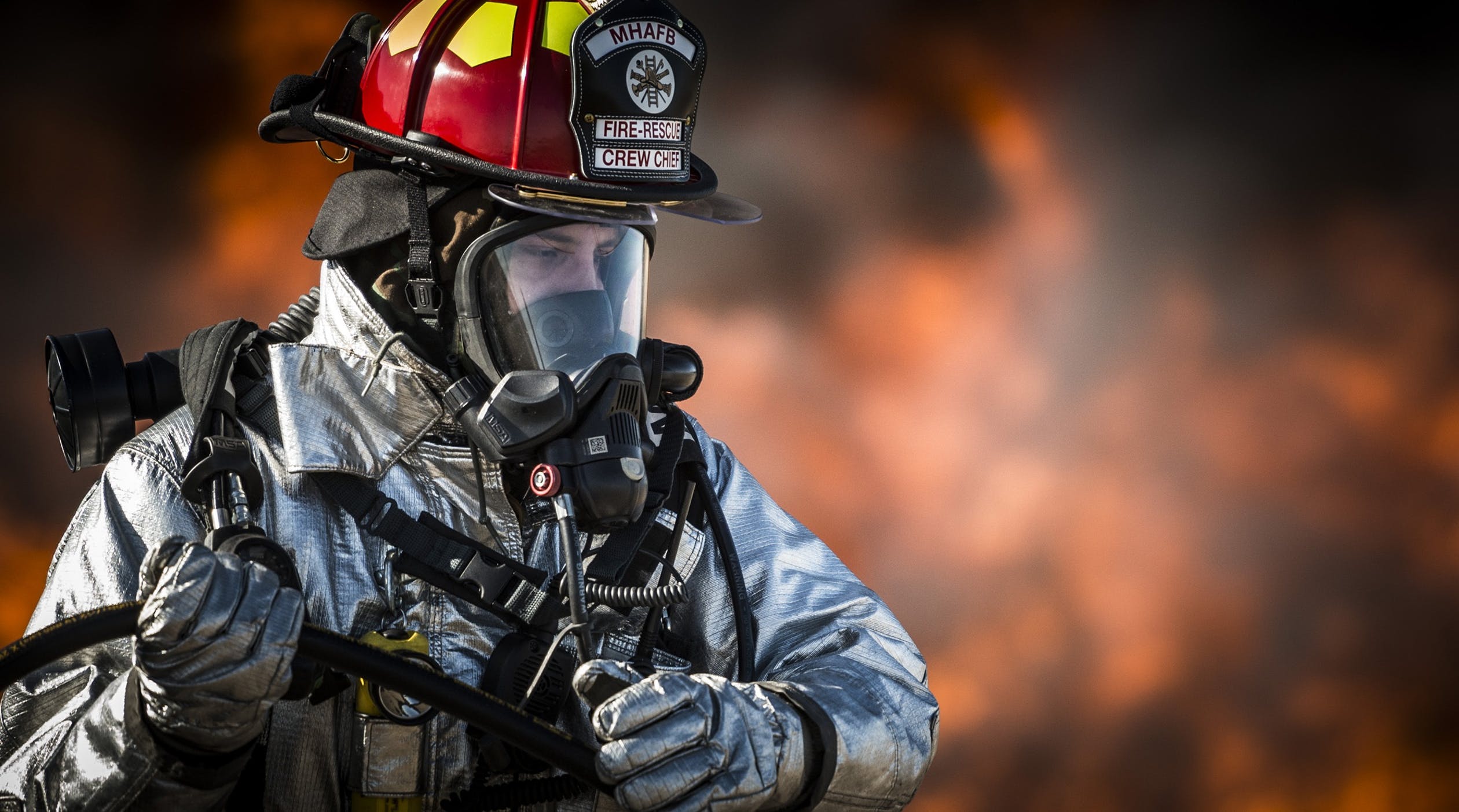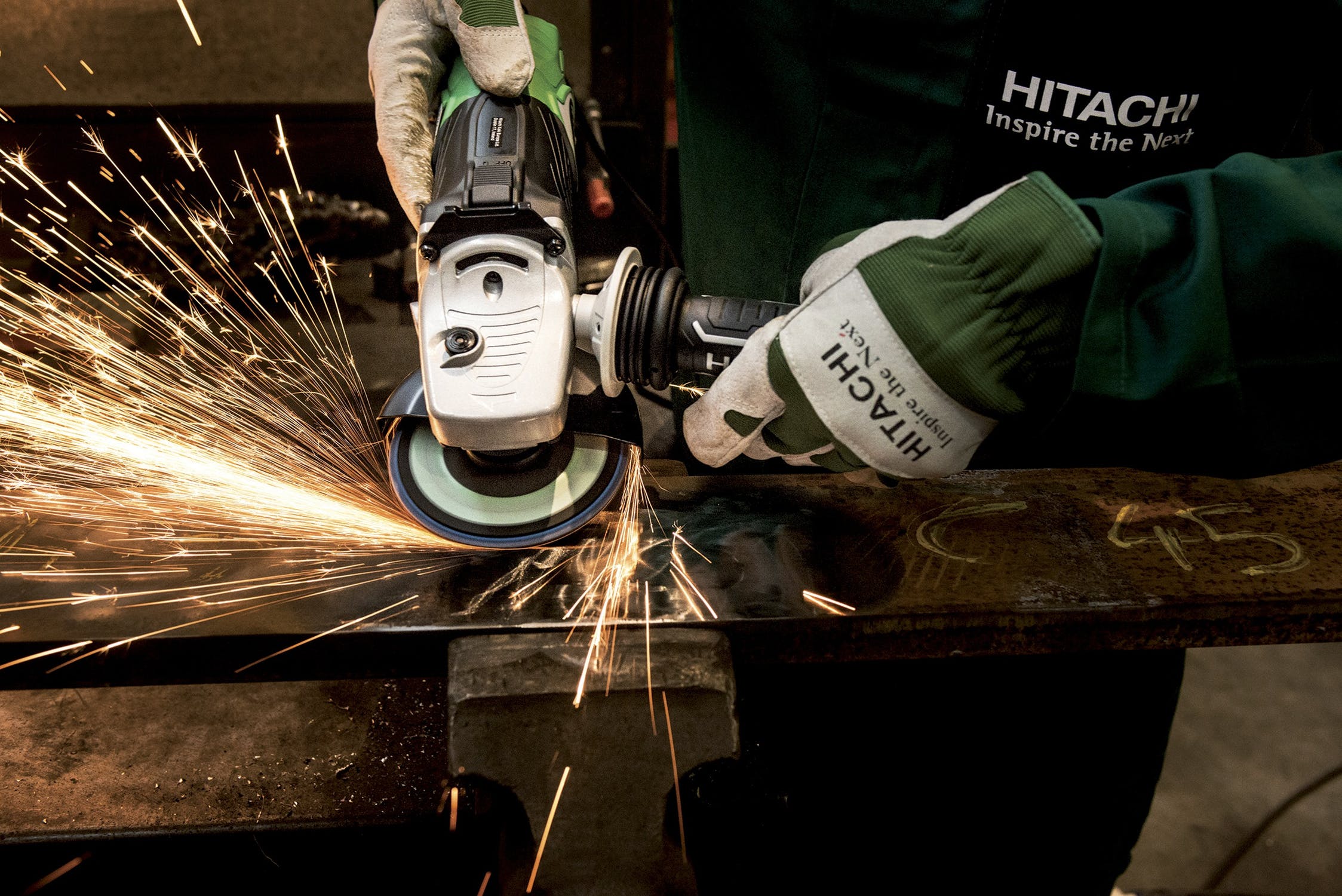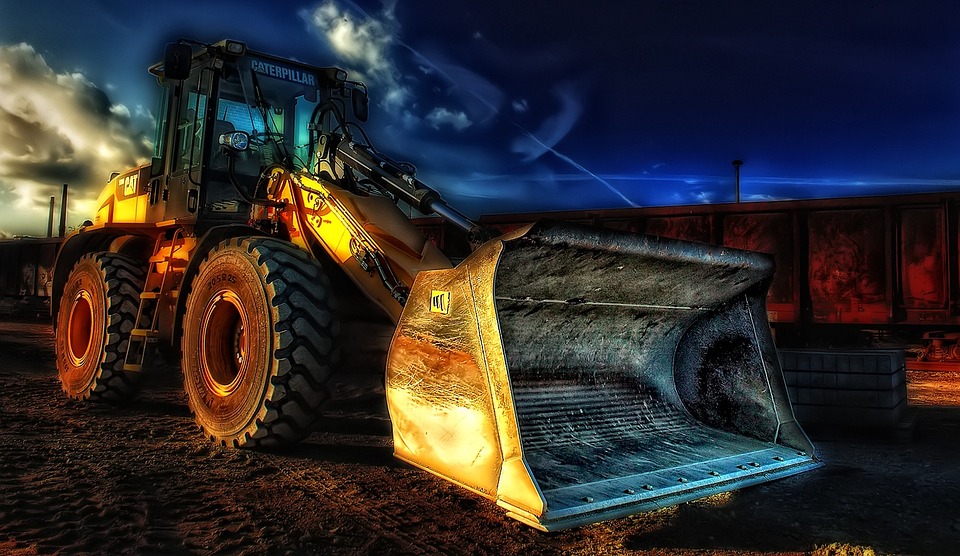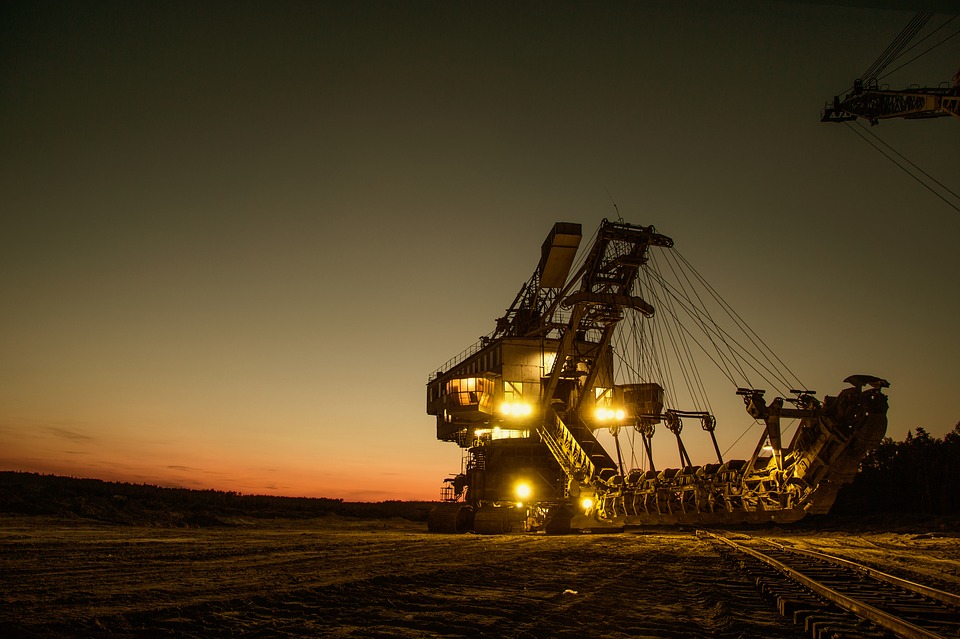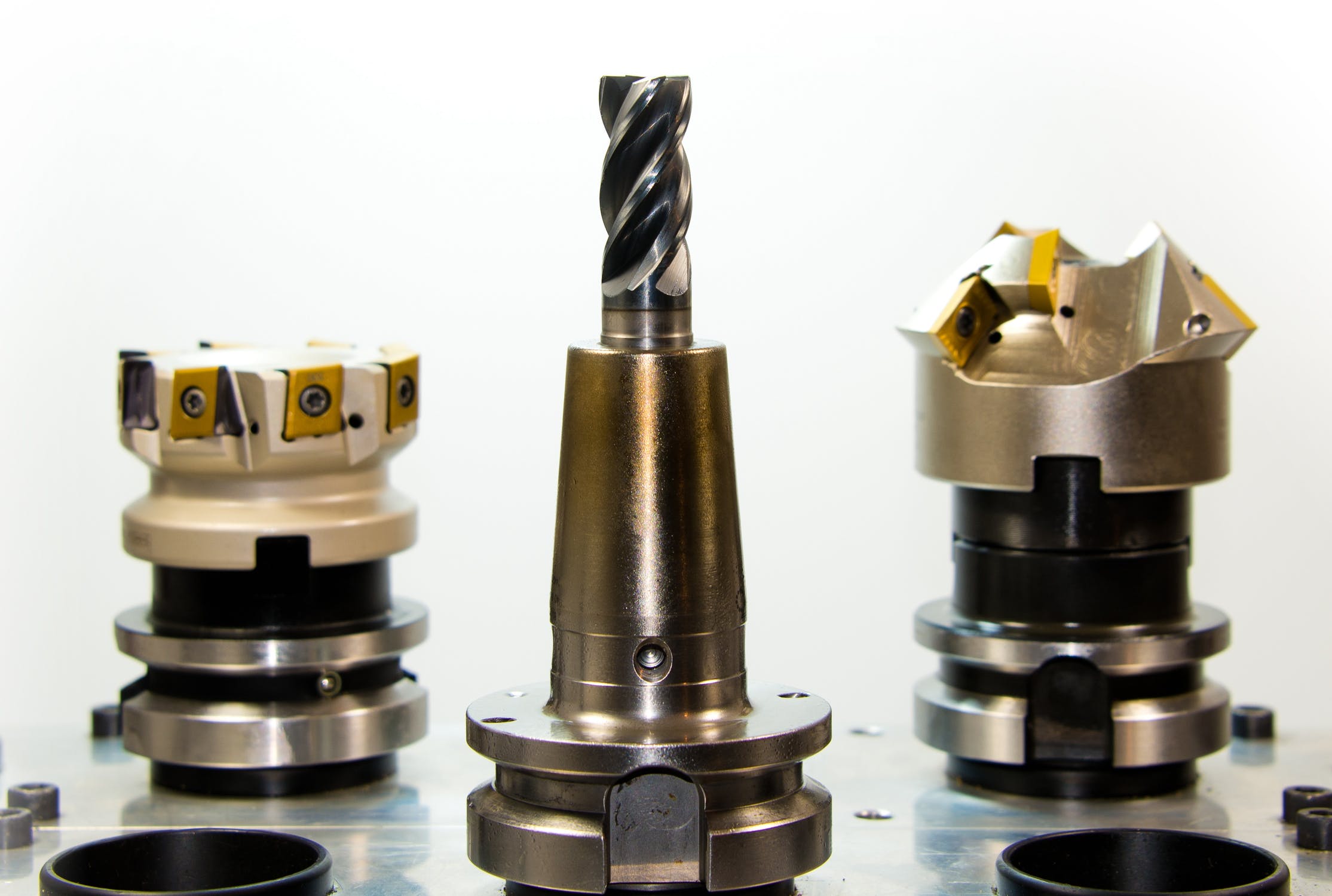Important Confined Space Entry Statistics
Confined Space Statistics
According to the NIOSH (National Institute for Occupational Safety and Health), about 2.1 million workers enter permit-required confined spaces annually and about 60% of the confined space deaths are unauthorized rescuers. 29% of the unauthorized rescuers were supervisors.
Lack of Proper Equipment/Preparation
Training for safe confined space entry is lacking for many companies. Often times, a third party contractor is brought in to provide a safety seminar or short training. This is simply not an adequate amount of training to properly prepare workers for rescue procedures and confined space entry.
Confined space deaths are the leading causes of multiple-fatalities in the workplace. The reason for this is typically a lack of information about the confined space, and then when things go wrong, the would-be rescuers are woefully unprepared for the rescue. Not only is their equipment either lacking or ill-maintained, but there is typically little training in the way of rescue procedures and safely using such equipment. One of the most important aspects of preparation is having a set contingency plan should something go wrong. Time is of the essence in these situations and in many situations, the person in need of rescue is temporarily immobilized or unconscious.
Most Common Causes of Death in Confined Spaces
One of the most common and dangerous confined space hazards is a toxic atmosphere. A toxic atmosphere is any area in which there is a significant danger to the person entering without protective gear of supplemental clean air. These airborn hazards can cause confusion and loss of consciousness. One example is loss of consciousness due to lack of oxygen—which is a hazard that is not immediately obvious, thus more dangerous. This could be avoided by being able to quickly access permit data online.
A toxic atmosphere typically refers to poisonous gasses or hazardous substances that have been left behind or have made their way there through seepage. A particularly dangerous atmosphere is one that has been enriched with oxygen, thus making the atmosphere highly flammable should any combustible objects or substances be lying around. Of all of the atmosphere related deaths, the vast majority of them were attributed to hydrogen sulfide or carbon monoxide poisoning.
Lastly, a simple but overlooked hazard is merely heat. If the space is not well ventilated and temperatures are exceedingly high then the loss of consciousness by fainting or heat-stroke can occur, especially when you consider how most gear is not particularly good at regulating temperatures.
Safety Sense Management System
Statistics such as these deeply influenced the creation and maintenance of our product, the Safety Sense Management System. With Safety Sense, workers can quickly gain access to permit-required confined space information. Information such as what type of atmosphere is present in the space, if there are any hazards and what hazards are present. Arming yourself with information is key to preventing any workplace injury or fatalities. For example, knowing a permit-required confined space has no ventilation and high temperatures will allow workers to plan their trips better. What gear to take, how long they are allowed to stay there before exiting as well as establish a rescue protocol or contingency plan in case things go wrong.
Even more importantly, Safety Sense will aid you in being OSHA compliant and filling out all the necessary paperwork electronically. Not only will this tool make information dissemination among your team faster and safer, but it also can help save the lives of other crews who can access this information online should you find any new developments in a confined space.
For more information on Safety Sense, submit a form on our contact page or give us a call at (888)-610-7767!






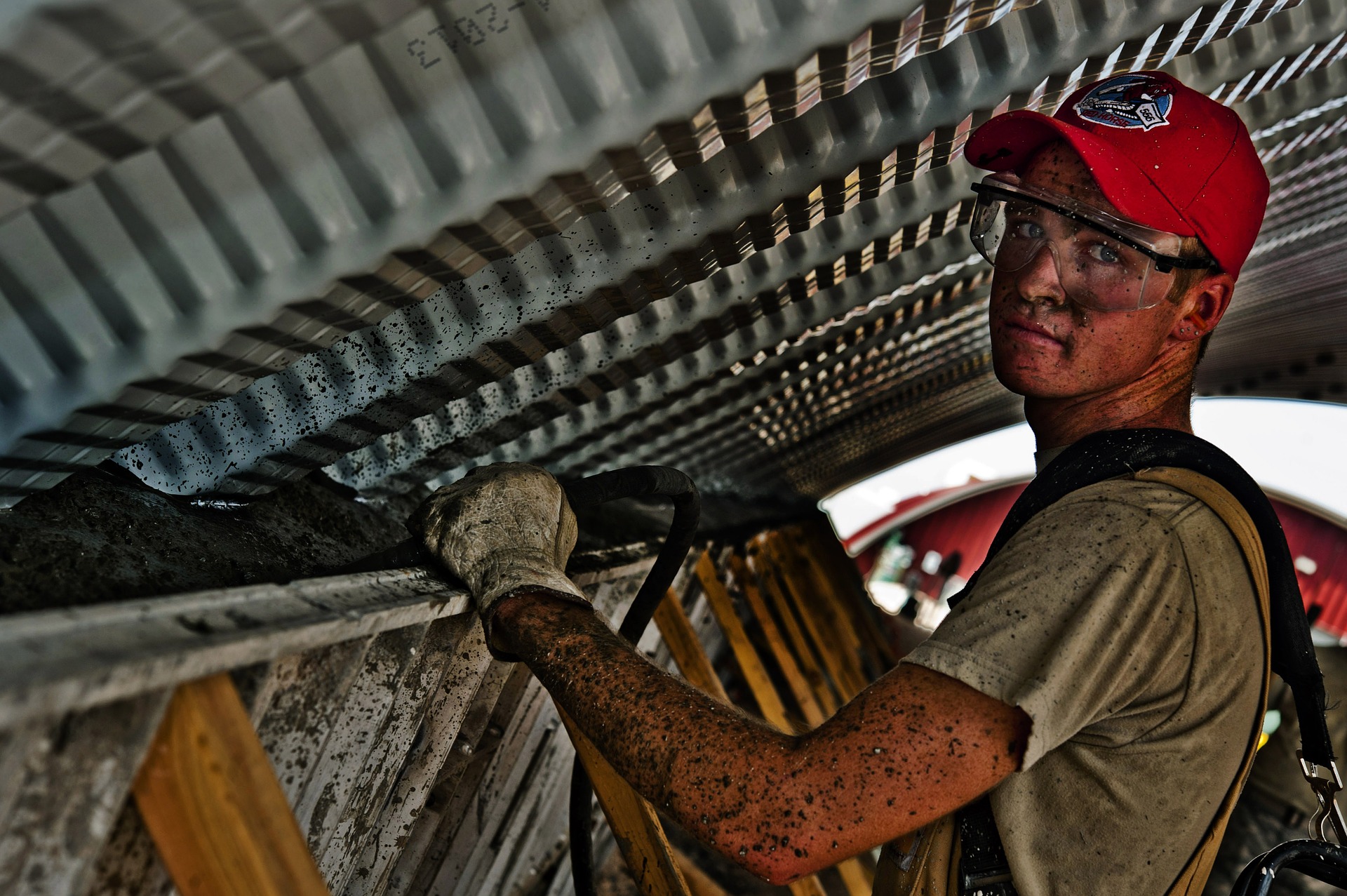



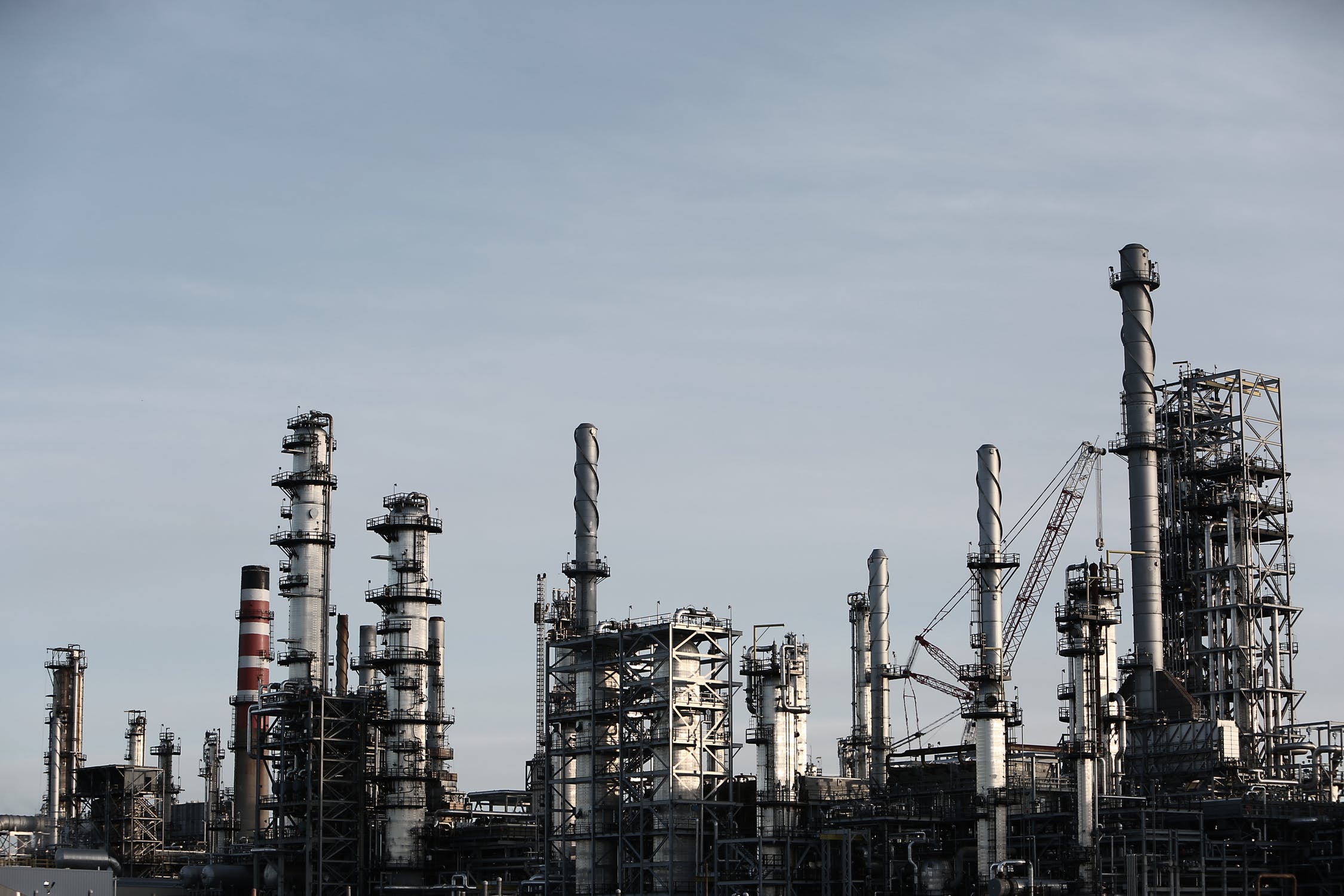

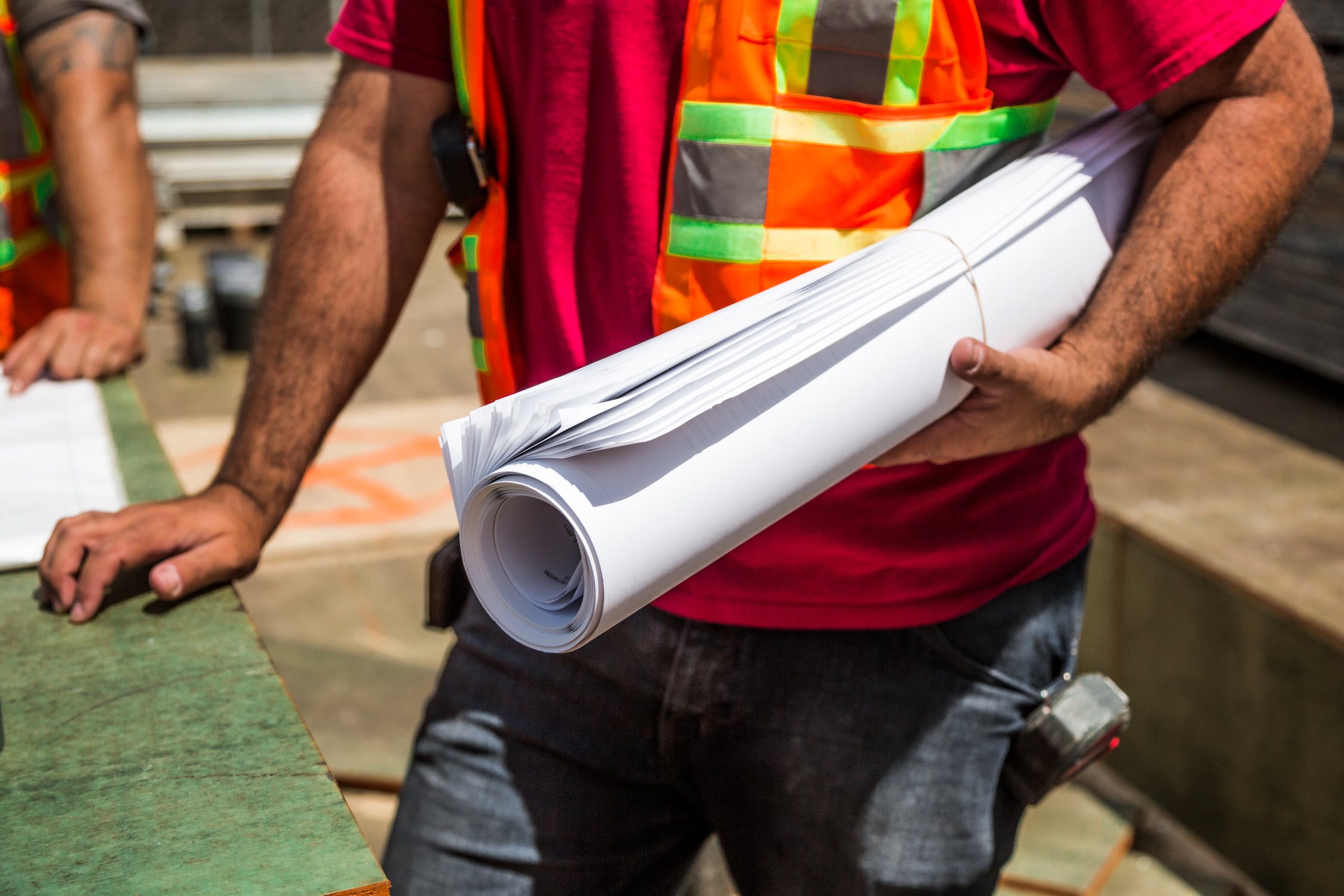
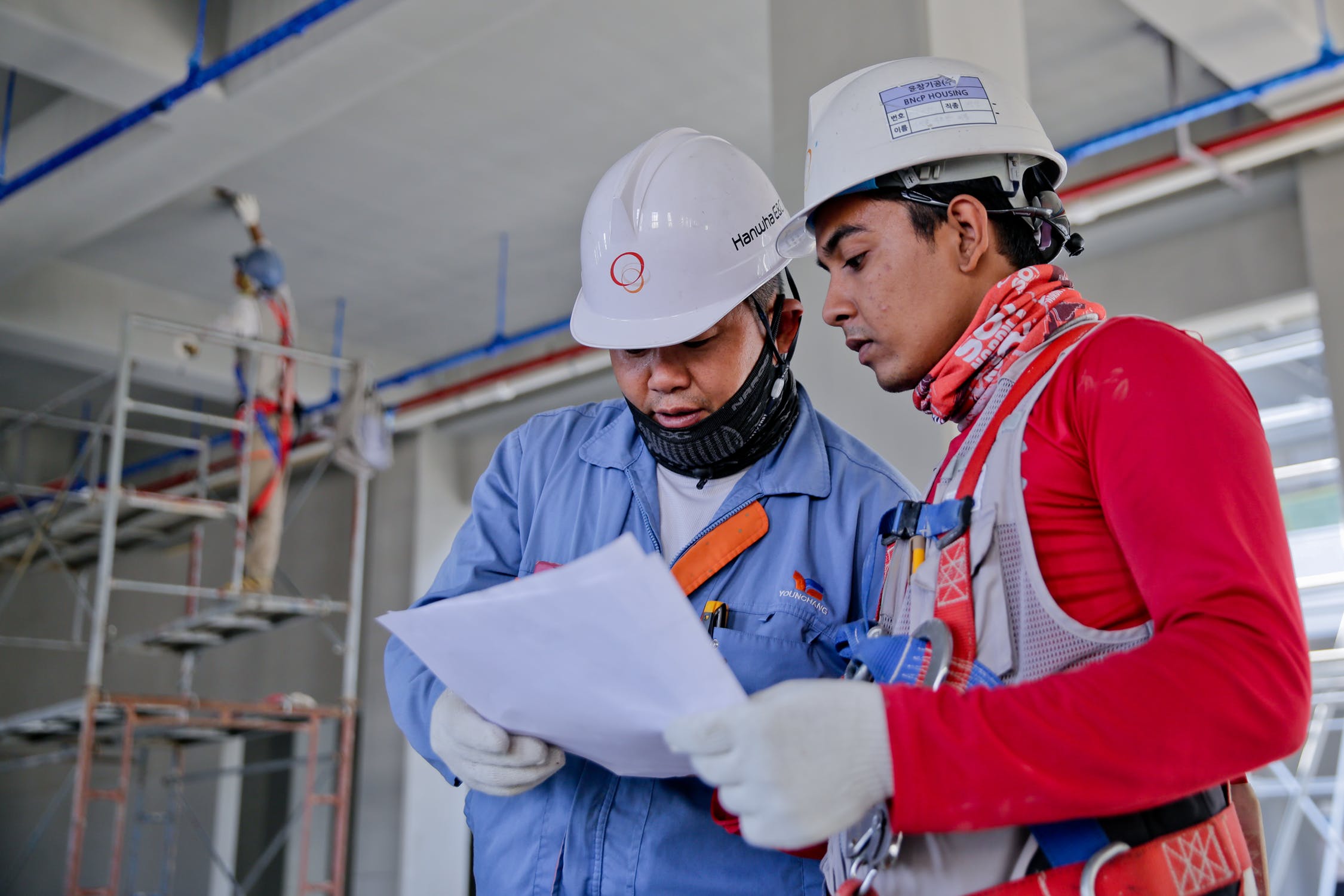 Avoiding all injury and possible negative outcomes should be the goal of every team and project manager that works near a confined space. All steps during this safety process should be taken with equal importance; this includes permitting, designating the confined space, atmospheric monitoring, proper safety equipment, and more. Here are a few tips for any worker that is entering a confined space:
Avoiding all injury and possible negative outcomes should be the goal of every team and project manager that works near a confined space. All steps during this safety process should be taken with equal importance; this includes permitting, designating the confined space, atmospheric monitoring, proper safety equipment, and more. Here are a few tips for any worker that is entering a confined space: